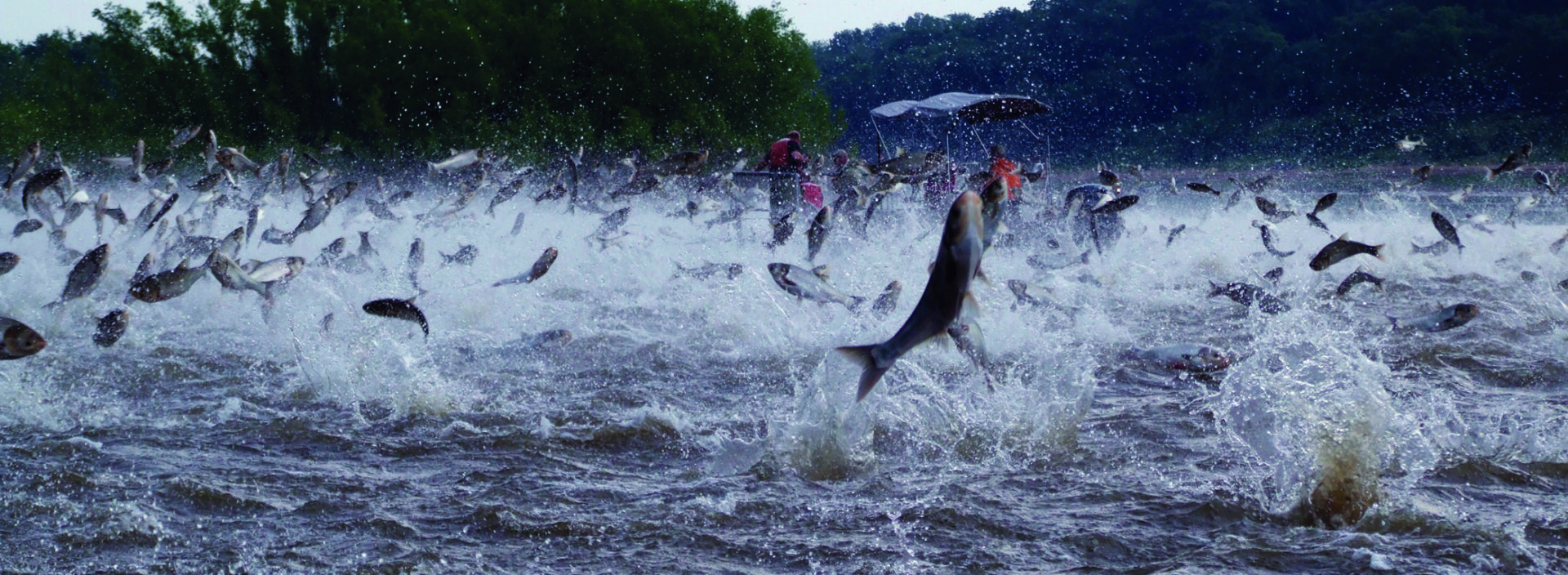
How did the round goby get here?
- The round goby appeared in the St. Clair River in 1990.
- The round goby spread to all of the Great Lakes by 1994.
- It is believed that the round goby came in the ballast water from a European ship.
- The round goby is native to the Black and Caspian Seas in Europe.
Why are round gobies a problem?
- Round gobies are very aggressive fish.
- They can displace native fish and take over habitat.
- Round gobies reproduce very quickly, up to six times in a summer, and populations increase very quickly.
- They can also survive in poor quality water, which gives them advantage over other fish.
- Round gobies are nuisance to fishermen because they steal bait off of fishhooks, eat fish eggs, and compete with small fish for food
What do round gobies look like?
- They have a single suction cup-like pelvic fin.
- Young round gobies are solid slate gray.
- Adult gobies are 3-6 inches in length, although they may get up to 10 inches long.
How do we control round gobies?
- There is little that we can do to eliminate them once they are established.
- Always drain water out of your boat, live well, and bilge before leaving water access.
- Do not throw unwanted bait into the water, place it in the trash.
- Never dump fish from one lake into another.
- Never use round gobies as bait.


